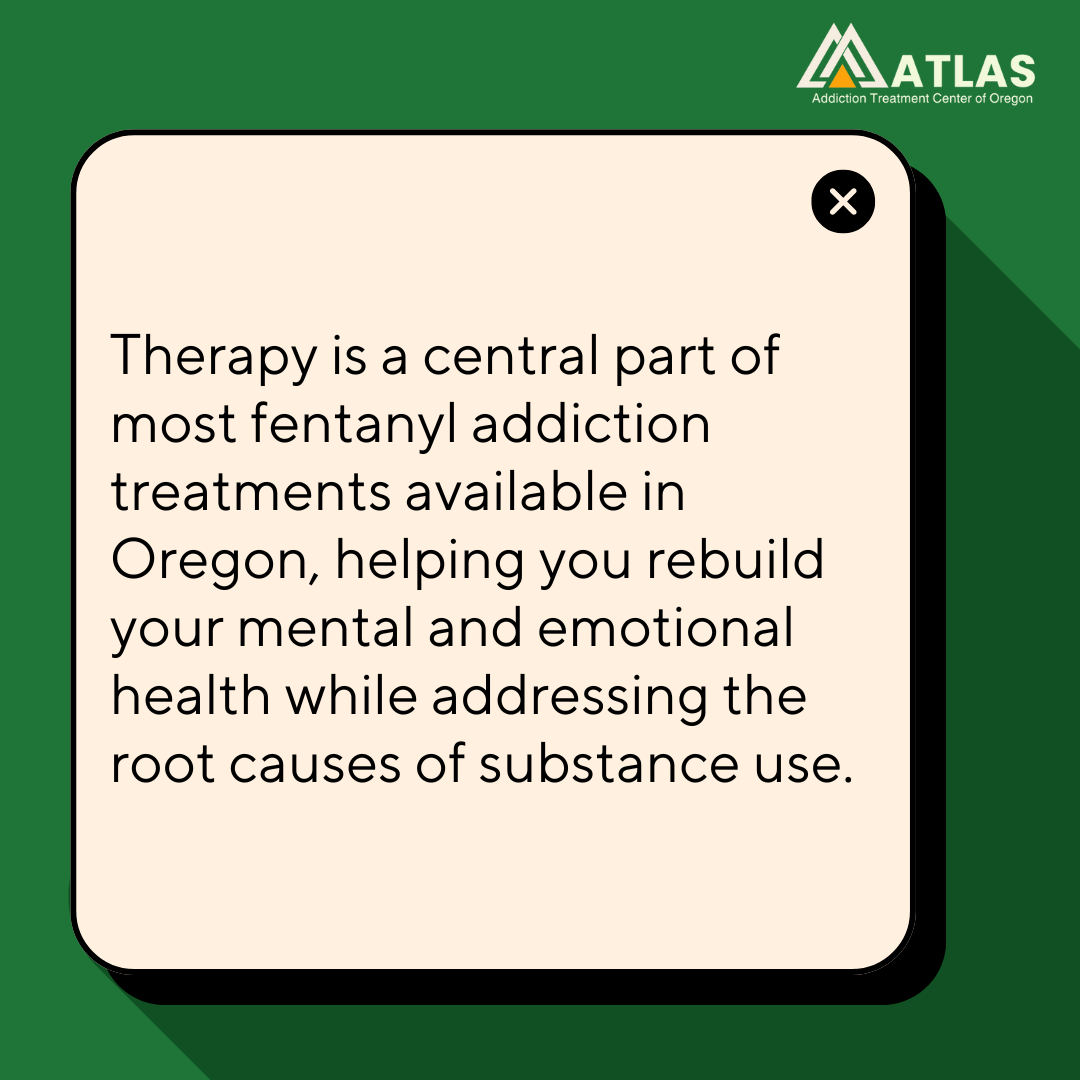
Finding help for fentanyl use takes courage, and knowing where to start can feel like the hardest part. Across Oregon, more treatment programs are stepping up to meet that need, offering specialized care designed for the challenges that come with this drug. When you look into fentanyl addiction treatments available in Oregon, it helps to understand which options offer the structure, medical support, and guidance that make recovery possible.
This guide breaks down various approaches, so you can see what’s available and choose a path that feels safe and doable for you.

Because fentanyl creates such strong physical dependence, recovery often starts with the right medical support and continues with ongoing care. In Oregon, several types of programs work together to help you stabilize, heal, and build long-term recovery.
The most effective approaches to treatment fentanyl addiction are often combined and tailored to your needs:

Among the fentanyl addiction treatments available in Oregon, detox is often the first and most urgent step. It gives your body a chance to clear the drug while doctors and nurses help you manage the intense physical crash that can come with early recovery.
Detoxing under medical care lowers the risks of complications and makes the early days of withdrawal far more tolerable. It also connects you directly to a care team that can guide you into the next stage of treatment before cravings or relapse set in.
Your care usually begins with a full health assessment, followed by a personalized plan based on your symptoms and history. You’ll spend the first several days resting, being monitored, and gradually regaining physical stability with the support of medical staff.
Providers often use medications to ease symptoms like nausea, body aches, insomnia, and anxiety, while also supporting you with hydration, meals, and rest.
Across Oregon, many treatment centers now offer medically supervised detox as the starting point for fentanyl addiction treatment. Atlas Treatment Center is one example, providing detox services supported by medical staff along with access to counseling, therapy, and other levels of care — including inpatient addiction treatment for those who need it.
Medication-assisted treatment (MAT) has become one of the most effective forms of fentanyl treatment in Oregon. It combines FDA-approved medications with therapy and counseling to reduce cravings, stabilize your body, and give you the mental clarity to focus on recovery.
Two of the most common MAT medications are Buprenorphine and Naltrexone.
Buprenorphine binds to the same brain receptors as fentanyl but produces a much weaker effect, easing withdrawal symptoms and reducing cravings without creating a high. Naltrexone works differently: It blocks opioids from activating those receptors at all, helping prevent relapse once detox is complete.
Side effects can include nausea, headache, fatigue, or changes in sleep patterns, especially early on. Your care team will monitor your response closely and adjust your dose as needed. It’s also important to take these medications exactly as prescribed to avoid complications.
MAT is typically recommended for people who have completed or are stabilizing from detox, especially if they experience intense cravings or are at high risk of relapse. Providers in Oregon often tailor MAT plans based on your substance use history, health conditions, and personal recovery goals.
MAT is most effective when combined with therapy. While the medication manages physical dependence, counseling helps you build coping skills, address underlying mental health issues, and stay connected to ongoing recovery support.
Together, they create a more stable foundation for long-term healing.

Therapy is a central part of most fentanyl addiction treatments available in Oregon, helping you rebuild your mental and emotional health while addressing the root causes of substance use.
Cognitive Behavioral Therapy helps you identify the thoughts, emotions, and patterns that drive substance use. By learning to challenge negative thinking and practice healthier coping strategies, you can prevent relapse and build more stable routines.
Dialectical Behavior Therapy teaches you how to manage intense emotions, reduce impulsive behavior, and improve relationships. For many people in fentanyl recovery, DBT provides practical skills for handling stress and staying regulated without turning back to substances.
Group sessions give you a chance to connect with others who understand what you’re going through. Sharing experiences, setbacks, and progress in a supportive setting can help reduce shame, strengthen accountability, and create a sense of community.
Therapy sessions often combine open discussion with skill-building exercises. You’ll work with a counselor to set goals, track progress, and apply new strategies in real life, gradually building confidence and resilience as you move through recovery.

When you explore substance use treatment options in Oregon, you’ll find several levels of care designed to match where you are in your recovery journey. Each one offers a different balance of structure, flexibility, and support.
Inpatient programs provide round-the-clock care in a residential setting, which can be especially helpful if you’re facing severe withdrawal, frequent relapse, or need a break from triggering environments.
Outpatient treatment, on the other hand, lets you live at home while attending therapy sessions during the week, making it easier to stay connected to work, school, or family responsibilities.
A partial hospitalization program (PHP) sits between these two levels of care. It offers full days of therapy, medical oversight, and recovery support (usually five days a week) while allowing you to return home each evening. This structure gives you intensive care without the need for an overnight stay.
Inpatient treatment is often best if you need a stable environment to fully focus on recovery. PHP works well if you’ve completed detox or inpatient care but still need daily support before stepping down to outpatient. Outpatient treatment fits those who are stable, motivated, and ready to practice new skills while staying connected to everyday life.
If you’re exploring fentanyl addiction treatments available in Oregon, Atlas Treatment Center offers multiple levels of care so you can get the right support at every stage of recovery. Reach out today!

Author
Emmy is a content specialist dedicated to helping brands boost their online presence and reputation through tailored, well-researched copy. With expertise across diverse niches—including mental health—she crafts messages that resonate with target audiences.


.webp)
Don't let addiction define your future. We're ready to support you every step of the way. Reach out to us for a free, confidential assessment.

